Results
-
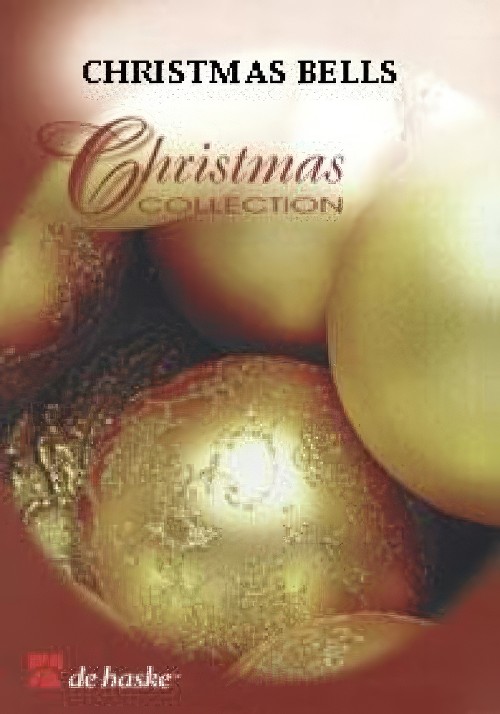 £104.99
£104.99Christmas Bells (Concert Band - Score and Parts) - Kernen, Roland
As the title suggests in Christmas Bells, bells play the leading part. This medley begins with bell chiming on the CD (this comes with the set), after which the band come in with a solid chord. During the short introduction, the bells still sound in the background. Following this sparkling introduction three well-known Christmas melodies are heard. Roland Kernen chose Kling Glockchen klingelingeling, Susser die Glocken nie klingen and, of course, Jingle Bells! A fantastic work to end any Christmas concert.Duration: 6:00
Estimated dispatch 7-14 working days
-
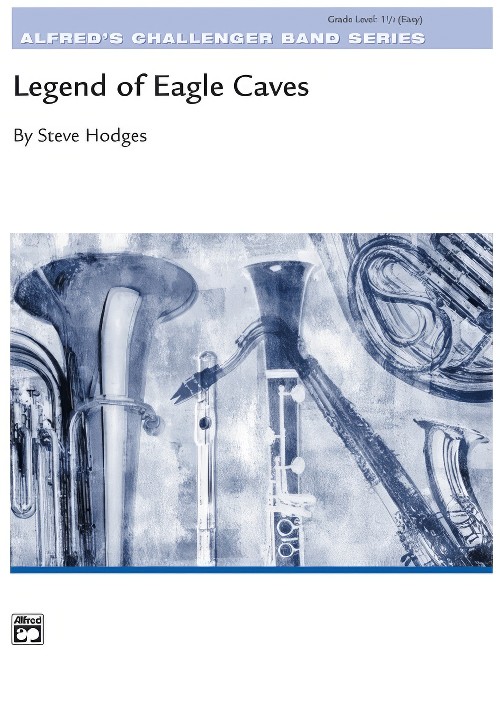 £41.50
£41.50Legend of Eagle Caves (Concert Band - Score and Parts) - Hodges, Steve
Experience some high adventure in this dynamic piece as each section of the band takes part in the excitement of discovery. The trek for the legendary caves begins with a brief introduction before the presentation of the main theme by the trumpets. Supported by expanded percussion and active accompaniment patterns, the theme is presented in a variety of moods and colors with a strong marziale feel throughout. The final destination is reached with an emphatic conclusion, bringing a satisfying end to the journey. Duration: 2.00
Estimated dispatch 7-14 working days
-
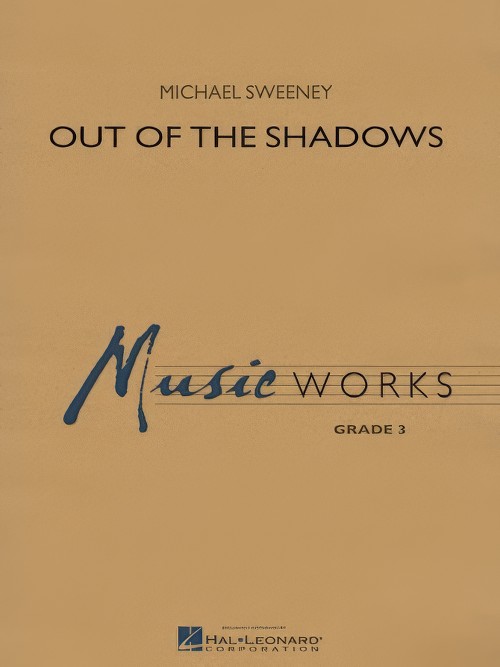 £60.99
£60.99Out of the Shadows (Concert Band - Score and Parts) - Sweeney, Michael
Commissioned for the Wisconsin Lutheran High School's centennial year, this expansive work incorporates the Welsh folk song "The Ash Grove" in a lush and varied treatment. The main melody, played first by horns and baritone, returns near the end in a glorious, fully orchestrated chorale. In between is a beautiful secondary theme played by oboe and flute soloists followed by a dramatic fugal section. A musically rewarding and effective piece. Duration: 6:00
Estimated dispatch 7-14 working days
-
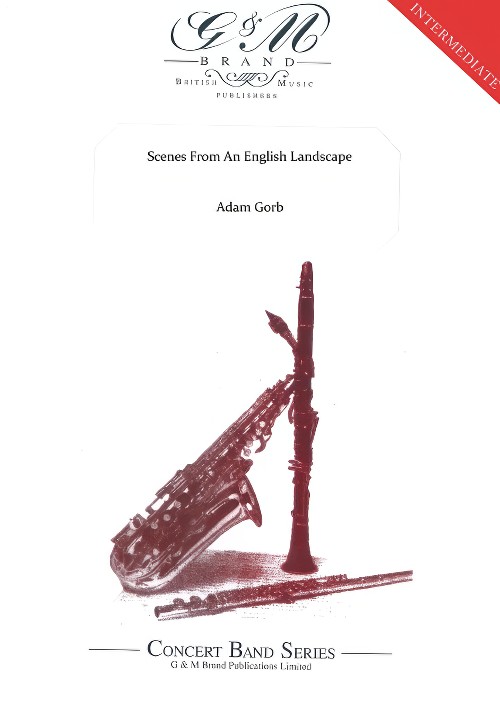 £59.95
£59.95Scenes From An English Landscape (Concert Band - Score and Parts) - Gorb, Adam
Scenes from an English Landscape is a brief nostalgic tone poem taking its inspiration from visions of rural England as depicted in the paintings of John Constable, the novels of Thomas Hard, and the music of Holst, Gustav and Ralph Vaughan Williams. A chorale-like theme is stated in the brass and then taken up at three times the tempo in the woodwinds. At the end of the work, both versions of the theme are stated together to bring the piece to a triumphant climax.
Estimated dispatch 7-14 working days
-
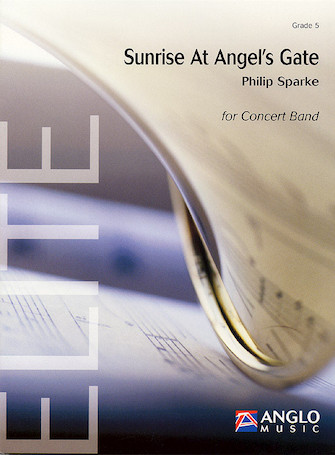 £191.99
£191.99Sunrise at Angel's Gate (Concert Band - Score and Parts) - Sparke, Philip
This piece depicts the refined beauty of the Grand Canyon at sunrise and sunset. These are the best times to view the Canyon with the sun low in the sky casting shadows that give depth and form to the vast panorama. Angel's Gate is one of the many named rock formations in the canyon. The composer has tried to depict the sights and sounds of dawn, birdsong in the early morning sky and the gradual revelation of the Canyon itself as sunlight reaches into its rocky depths.Towards the end of the piece, to the sound of a tolling bell, we are however reminded of the dangers that the beauty of the Grand Canyon so cleverly hides.Duration: 10:40
Estimated dispatch 7-14 working days
-
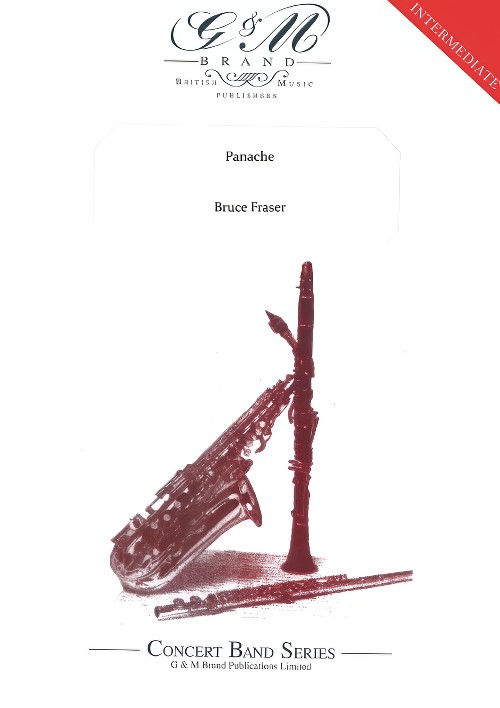 £84.95
£84.95Panache (Concert Band - Score and Parts) - Fraser, Bruce
The work has a military feel in the opening fanfare, but settles down to an angular melody with frequent changes in time signature. The middle section should be played expressively and maintain a good flow. The speed of the Allegro is most likely to be determined by the agility of the trombone section in the unison running quavers. There is the possibility of adding extra drummers near the end - a drum corps was used behind the Band in the first performance making a stunning effect.
Estimated dispatch 7-14 working days
-
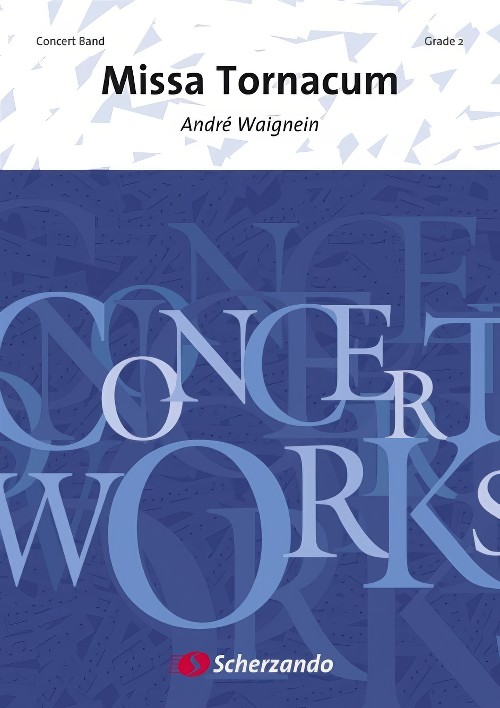 £202.99
£202.99Missa Tornacum (Choir with Concert Band - Score and Parts) - Waignein, Andre
Felicien Doyen, the President of the Tornacum Royal Choir Circle of Tournai (Belgium) and a close friend of the composer commissioned this Mass. Missa Tornacum was originally composed for mixed choir and organ, gave a memorable performance of the piece in the Chartres Cathedral in France.Although it does not include the Credo, the work is composed according to the traditional structure of a Mass in five parts : Kyrie, Gloria, Sanctus, Agnus Dei, and Ite missa est. En the first two parts, a dialogue is created between the choir and the band. It is followed by the Sanctus cycle ("Sanctus" - "Hosanna" - "Benedictus"), which is remarkable for the contrasts between the tone colours characterising each of its three parts. The fourth part, Agnus Dei, takes on a tone of serene intimacy. A free counterpoint draws this section to a close by fading into an almost imperceptible quietness. Ite missa est begins with a series of imitations, which develop into a majestic and cheerful passage marking the end of the Mass. Choir parts are available separately.Duration: 17:00
Estimated dispatch 7-14 working days
-
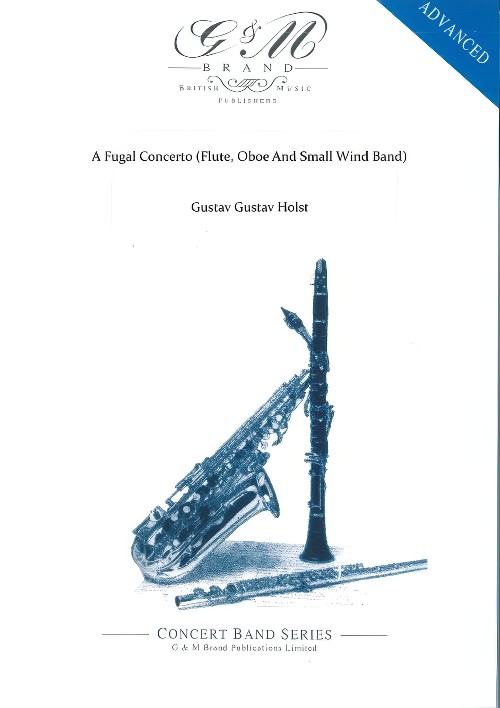 £84.95
£84.95A Fugal Concerto (Flute, Oboe And Small Wind Band) (Concert Band - Score and Parts) - Holst, Gustav - Brand, Geoffrey
This work was originally written for flute, oboe (or two violins) and String Orchestra in 1923. This arrangement was premiered by the Stockholm Symphonic Winds in September 1993, conducted by the arranger. The style of A Fugal Concerto is very much neo-classical - all the rage at the time, although whether Holst had heard Stravinsky's examples is not known. In so far as the work is fugal, the adjective applies more to the texture than the form, although the second movement is canonic. The contrapuntal texture is not straightforward as phrases are displaced across barlines and cross rhythms are a feature. Nothing is allowed to settle until the folk tune is introduced toward the end. Yet, within this musical web, fascinating patterns and cross references reveal themselves.
Estimated dispatch 7-14 working days
-
 £16.95
£16.95A Fugal Concerto (Flute, Oboe And Small Wind Band) (Concert Band - Score Only) - Holst, Gustav - Brand, Geoffrey
This work was originally written for flute, oboe (or two violins) and String Orchestra in 1923. This arrangement was premiered by the Stockholm Symphonic Winds in September 1993, conducted by the arranger. The style of A Fugal Concerto is very much neo-classical - all the rage at the time, although whether Holst had heard Stravinsky's examples is not known. In so far as the work is fugal, the adjective applies more to the texture than the form, although the second movement is canonic. The contrapuntal texture is not straightforward as phrases are displaced across barlines and cross rhythms are a feature. Nothing is allowed to settle until the folk tune is introduced toward the end. Yet, within this musical web, fascinating patterns and cross references reveal themselves.
Estimated dispatch 7-14 working days
-
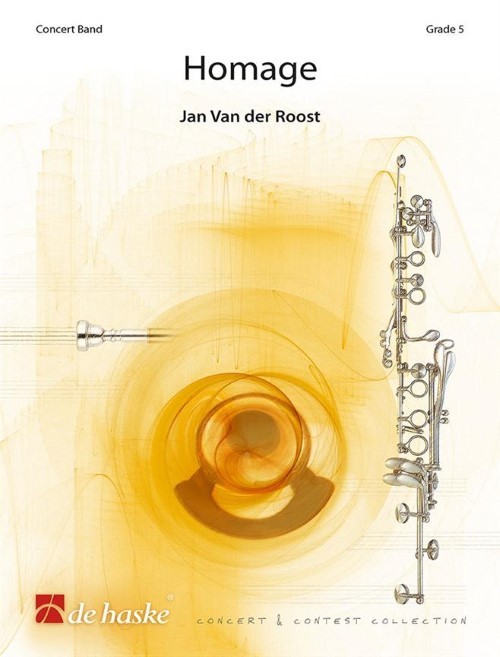 £109.99
£109.99Homage (Concert Band - Score and Parts) - Van der Roost, Jan
In the most literal sense: a piece for an occasion. The actual occasion was Jan de Haan's twentieth anniversary as a conductor of the top Dutch brass band, "Soli Deo Gloria" (Leeuwarden). To mark the occasion, the band commissioned the Belgian composer Jan Van der Roost to create a surprise piece: without knowledge of the person being celebrated, a suitable source of inspiration was sought for. After some thought the chorale-theme from Camille Saint-Sans organ symphony was chosen, a piece with which Jan de Haan has a special bond. Apart from this chorale, Homage is also based on the names of notes taken from 'Jan de Haan' and 'Soli Deo Gloria', resulting in the tone row: DEGAH. Both elements are combined together and form a grand climax towards the end of the piece when the whole band unites in the Saint Sans' theme.Duration: 5:30
Estimated dispatch 7-14 working days
